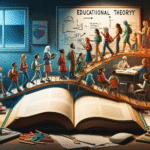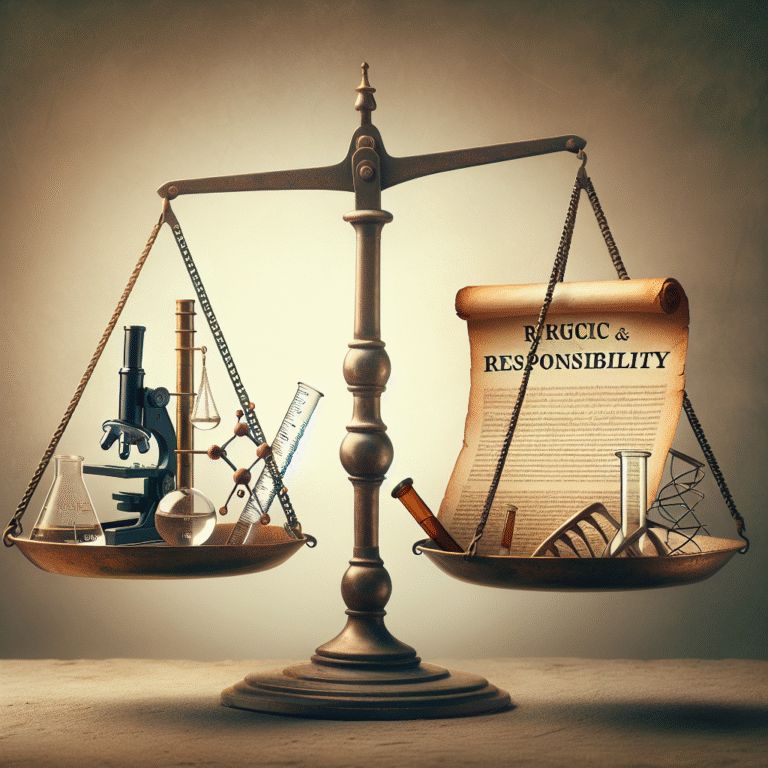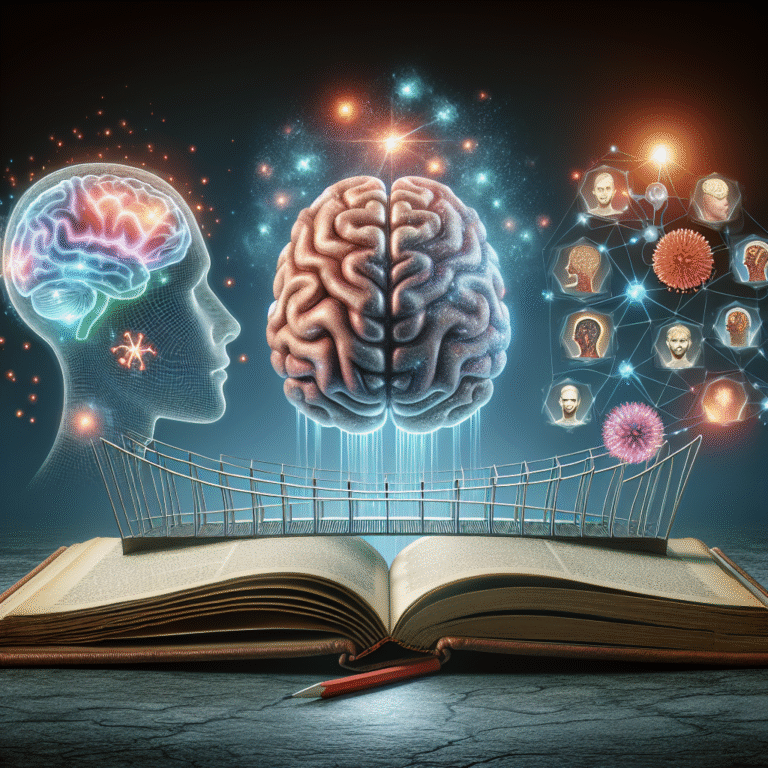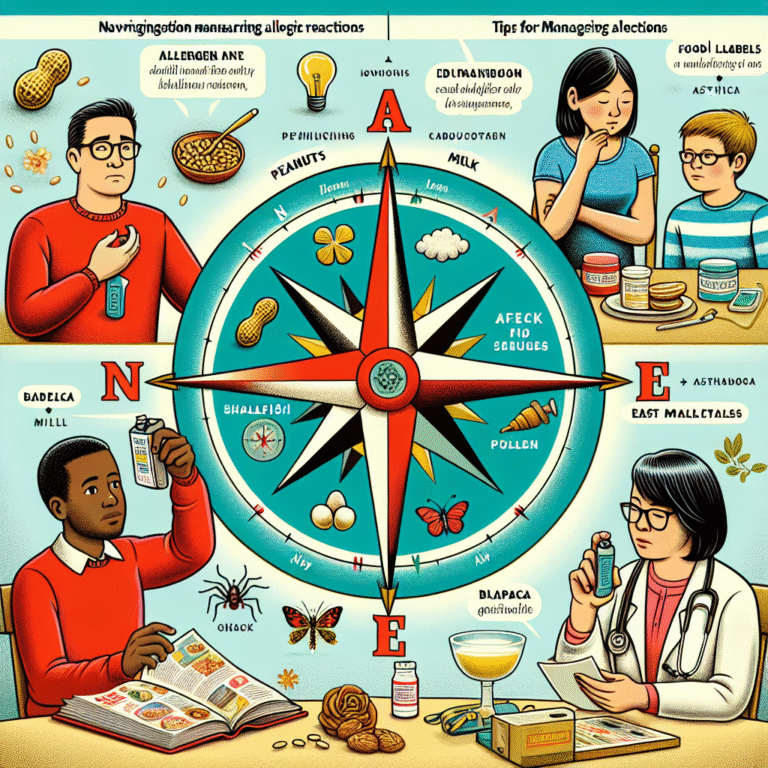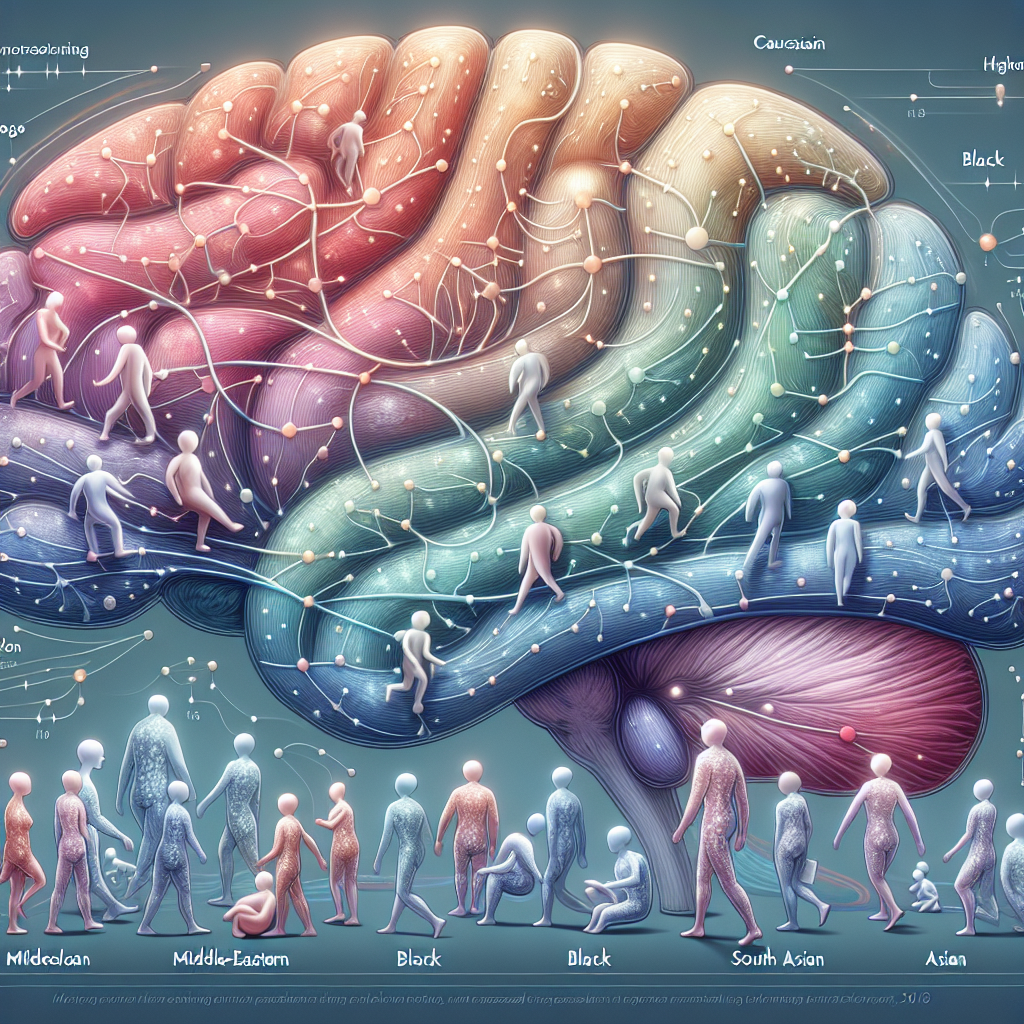
Introduction
Imagine watching a young child take their first steps, or an elite athlete performing a breathtaking routine. These moments embody the complexity and beauty of human movement—a dance choreographed by our brains. The neuroscience of motor learning: understanding the brain’s role in movement delves into this captivating interplay between neural processes and physical actions. Why do we stumble when learning something new, and how do we eventually master it? This article aims to explore these questions, providing valuable insights that not only enhance our comprehension of movement but also offer applications for trainers, educators, and anyone interested in optimizing motor skills.
The Building Blocks of Movement
1. The Brain and Its Role in Motor Learning
At the core of understanding the neuroscience of motor learning: understanding the brain’s role in movement lies the intricate architecture of the human brain. Various regions contribute to motor control, including:
- The Motor Cortex: Responsible for planning, controlling, and executing voluntary movements.
- The Basal Ganglia: Involved in the smooth execution of motor skills and habit formation.
- The Cerebellum: Essential for balance, coordination, and fine-tuning movements.
2. Neural Pathways and Synaptic Plasticity
The brain operates through networks of neurons that communicate via synapses. Synaptic plasticity allows these connections to strengthen or weaken based on experiences, critical to the neuroscience of motor learning: understanding the brain’s role in movement. This phenomenon explains why practicing a skill repeatedly makes it easier over time.
Case Study: Piano Practice and Synaptic Changes
A study focused on novice pianists revealed that intense practice not only improved their playing skills but also led to observable changes in the motor cortex’s representation of finger positions. This adaptability underscores the profound impact of practice on synaptic structure, emphasizing the brain’s role in skill acquisition.
Mechanisms of Motor Learning
3. Stages of Motor Learning
Motor learning unfolds in three key stages:
- Cognitive Stage: Learners understand the task and develop mental strategies.
- Associative Stage: Individuals refine their technique through practice.
- Autonomous Stage: Skills become automatic and require minimal conscious effort.
Understanding these stages is essential for coaches and educators in tailoring instruction to suit learners’ needs.
4. The Role of Feedback
Feedback is a crucial element in the neuroscience of motor learning: understanding the brain’s role in movement. It can be intrinsic (self-assessment) or extrinsic (coach’s input). Different forms of feedback significantly influence motor learning.
Table 1: Types of Feedback
| Type | Description | Example |
|---|---|---|
| Intrinsic | Feedback from the body’s own sensory system | Feeling balance while walking |
| Extrinsic | Feedback from external sources | Coach’s verbal cues |
| Knowledge of Results | Information about outcome | Knowing the score in a game |
| Knowledge of Performance | Information about technique | Advice to improve posture |
Case Study: The Impact of Feedback on Basketball Shooting
In a comparison study, two groups of beginner basketball players received contrasting feedback types. One group received knowledge of results after each shot, while the other focused on knowledge of performance. The first group exhibited quicker improvements in shooting accuracy, highlighting the significance of tailored feedback in motor skill acquisition.
Neuroplasticity: The Key to Mastery
5. The Concept of Neuroplasticity
Neuroplasticity refers to the brain’s ability to reorganize itself in response to learning and experience. This foundational principle of the neuroscience of motor learning: understanding the brain’s role in movement suggests that no matter one’s age or previous experience, motor skills can be developed through intentional practice.
6. Applications of Neuroplasticity in Rehabilitation
Neuroplasticity has profound implications in rehabilitation, particularly for stroke survivors or individuals with motor impairments. Tailored therapeutic interventions can harness neuroplasticity to restore lost motor functions.
Case Study: Stroke Rehabilitation and Motor Learning
A program designed for stroke survivors incorporated repetitive movement tasks alongside real-time feedback. Participants exhibited significant improvements in motor functions after several weeks, demonstrating the efficacy of leveraging the neuroscience of motor learning: understanding the brain’s role in movement for recovery.
Practical Implications and Strategies
7. Effective Practice Techniques
To optimize motor learning, individuals should incorporate a variety of practice techniques:
- Deliberate Practice: Focused, goal-oriented practice that targets specific skill deficits.
- Distributed Practice: Spreading practice over time rather than massing it into a single session helps manage cognitive load and enhances retention.
- Variable Practice: Practicing in different contexts aids the transfer of skills to various situations.
8. Role of Motivation in Motor Learning
Motivation plays a critical role in the neuroscience of motor learning: understanding the brain’s role in movement. The dopamine system is significantly involved, reinforcing desired behaviors when rewards are received. Therefore, creating an environment that fosters intrinsic motivation is crucial for optimal motor learning.
Case Study: Motivation in Sports Training
A study focusing on young athletes demonstrated that those who engaged in goal-setting exercises showed increased motivation and subsequently improved their performance. This reflects the importance of nurturing a growth mindset in skill development.
The Future of Motor Learning Research
9. Advances in Technology
Recent advancements in neuroscience and technology, such as functional MRI (fMRI) and electroencephalography (EEG), are opening new frontiers in understanding motor learning. These tools allow researchers to observe brain activity during movement tasks, shedding light on the underlying mechanisms.
10. The Role of Artificial Intelligence
As AI continues to infiltrate various fields, its use in sports science and rehabilitation holds exciting potential. Predictive analytics can aid in customizing training regimens, while virtual reality can simulate practice environments, optimizing the neuroscience of motor learning: understanding the brain’s role in movement.
Conclusion
In conclusion, the neuroscience of motor learning: understanding the brain’s role in movement illuminates a fascinating intersection of biology, psychology, and skill acquisition. By recognizing how our brains adapt and learn to move, we empower ourselves to enhance our motor skills, facilitate recovery, and guide others in their journeys. The ability to mold our capabilities through practice and understanding is a vital takeaway, offering limitless potential.
FAQs
1. What is motor learning?
Motor learning refers to the processes involved in acquiring and refining skills related to movement. It encompasses the neural mechanisms and physical practice that enable us to perform tasks more proficiently.
2. How can I enhance my motor learning experience?
To enhance motor learning, engage in deliberate practice, seek constructive feedback, and maintain a growth mindset. Also, consider varying your practice environments.
3. Why is feedback important in motor learning?
Feedback provides valuable information that can help individuals identify areas for improvement, reinforce skills, and increase motivation. It guides practice and aids in skill acquisition.
4. What role does neuroplasticity play in learning new motor skills?
Neuroplasticity allows the brain to create new connections in response to practice and experience. This means that with consistent effort and the right strategies, motor skills can be developed at any age.
5. How does motivation affect motor learning?
Motivation drives engagement and persistence in practice, allowing individuals to overcome challenges. The brain’s dopamine pathways reinforce behaviors associated with rewards, making motivation critical in the learning process.
This exploration into the neuroscience of motor learning: understanding the brain’s role in movement reveals not only the complexity of our neural systems but also the empowerment that comes from understanding and optimizing our abilities. Whether you’re an athlete, educator, or someone simply curious about movement, let this knowledge inspire you to embrace and enhance your journey in motor learning.

